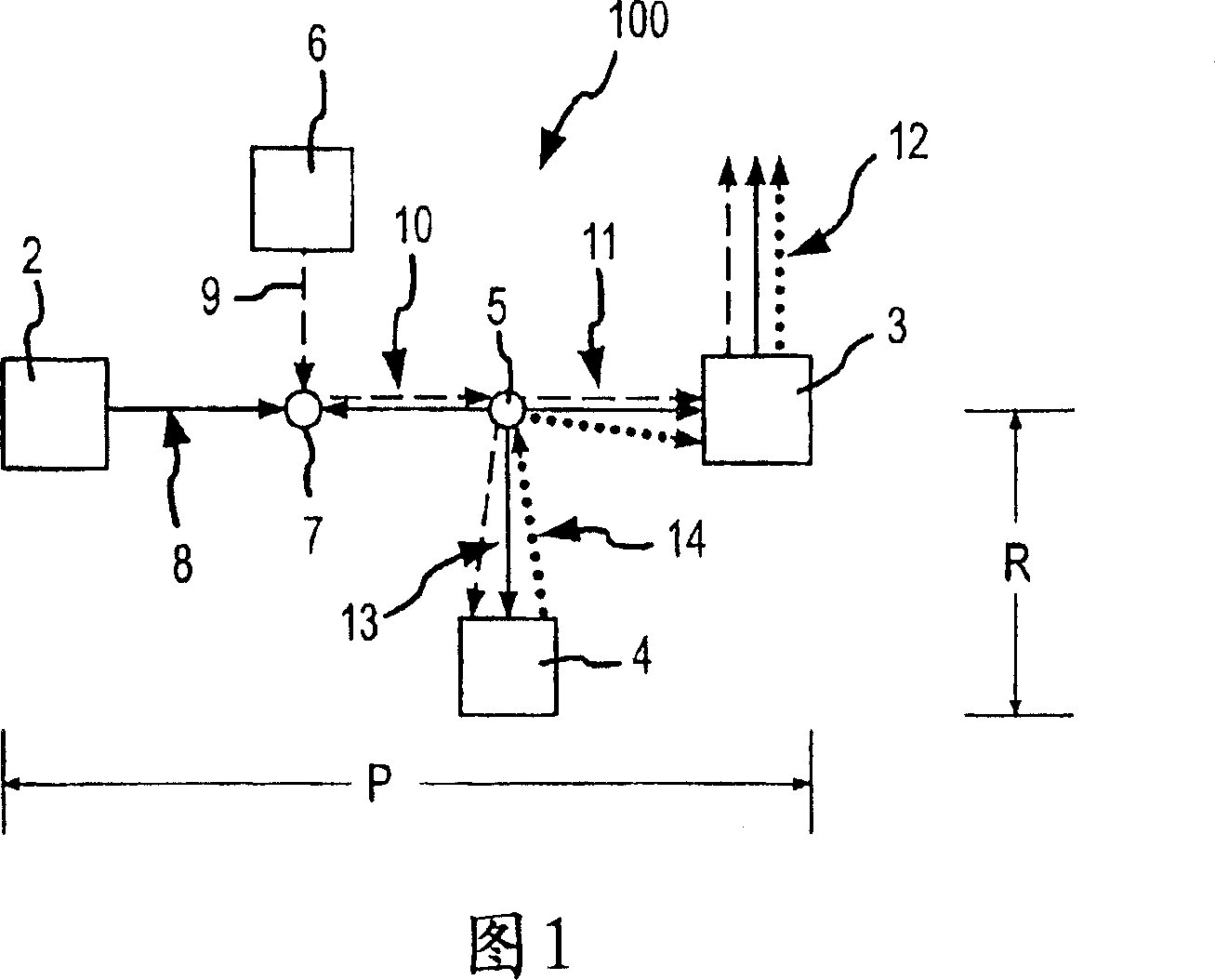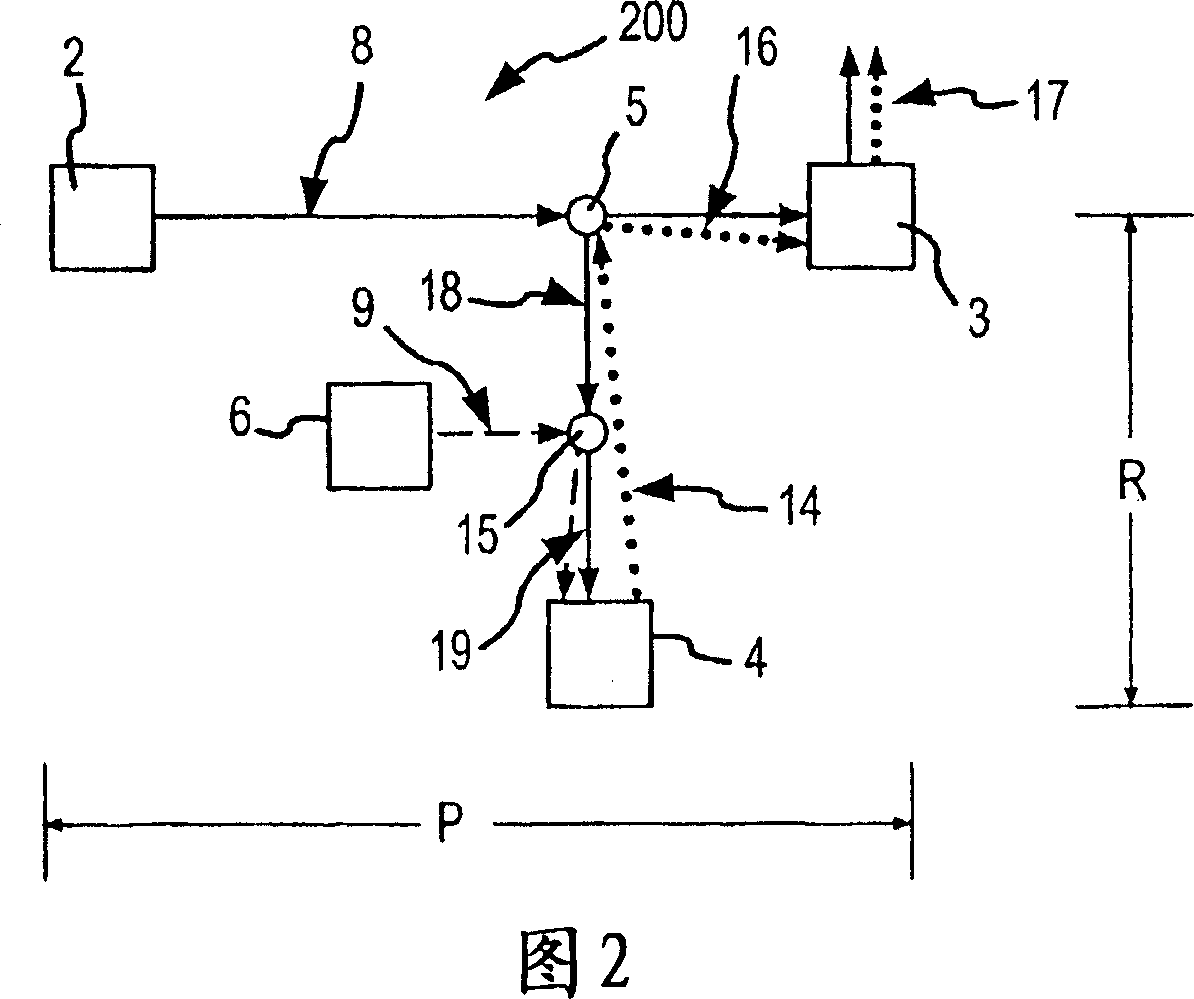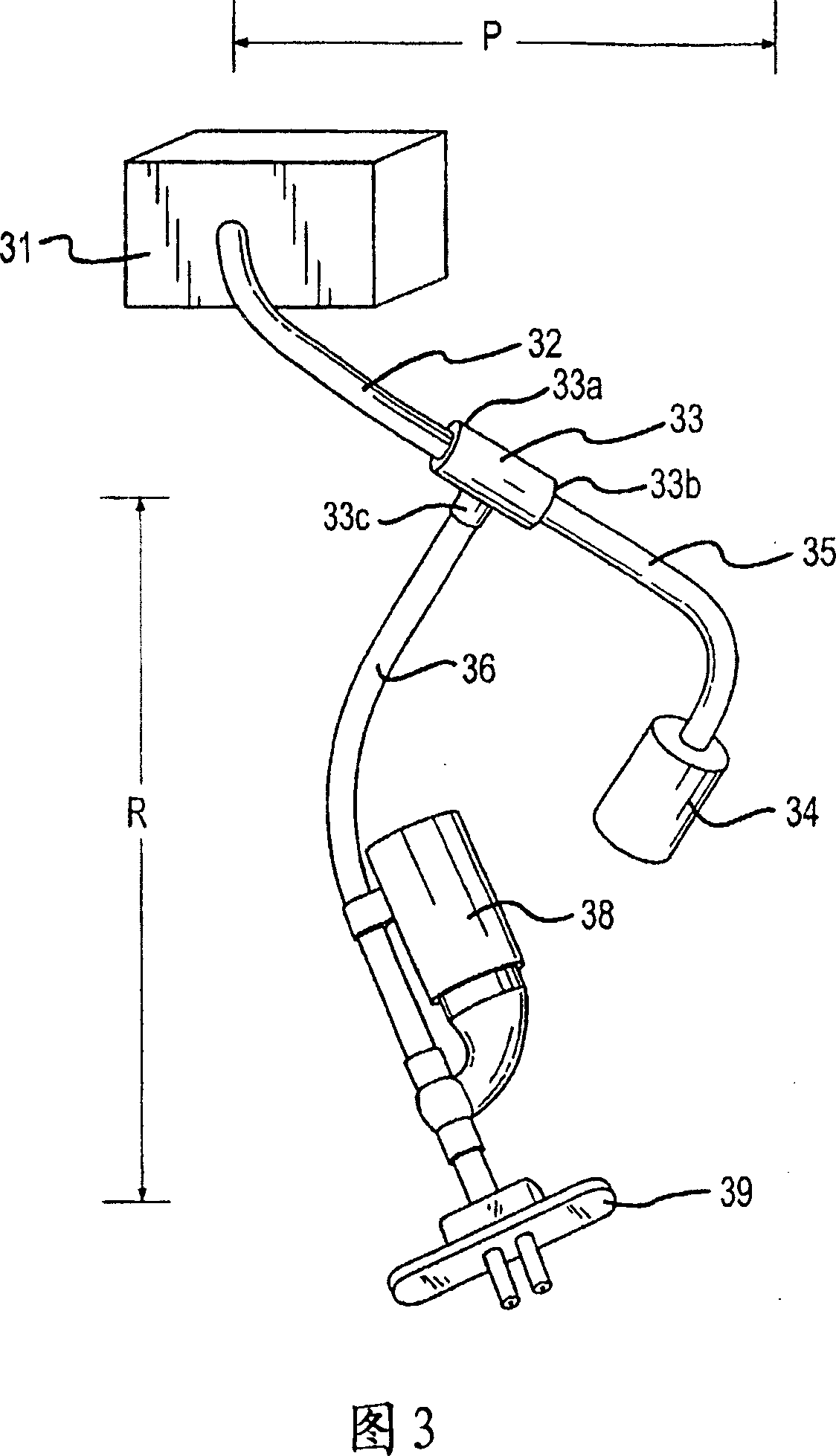Aerosol delivery apparatus, method and preparation for pressure-assisted breathing systems
A respiratory system and pressure technology, applied in the delivery device, intubation for surfactant, improving the treatment of infant respiratory distress syndrome, and treating respiratory diseases, can solve the problems of inefficiency of the delivery system and improve delivery efficiency Effect
- Summary
- Abstract
- Description
- Claims
- Application Information
AI Technical Summary
Problems solved by technology
Method used
Image
Examples
example 1
[0125] A CPAP system of the present invention as shown in FIG. 18 can be used for respiratory therapy for infants. The system can be pressurized to a pressure of 5 cm of water, and the flow generator 1802 can provide a constant gas flow at a rate of 10 L / min into the pressure generating gas path P. About 1 L / min (10%) of the airflow in the pressure generating air path may flow into the flexible hose 1806 to become the airflow 1821 . During the inhalation process of the baby through the nasal tube 1804, the flow rate of the airflow 1821c is about 0.2L / min (0.2×1L / min) through proper adjustment of the damping valve 1812, and about 20% of the airflow 1821 (in Fig. 18 where it is identified as airflow 1821b) may go to pipe 1811 at connection point 1810. Airflow 1821c also passes through a disposable filter 1813, but since there is only inspiratory gas in airflow 1821c, which contains very little, if any, contaminants, the filter will not filter anything noticeable from airflow 18...
example 2
[0129] Referring to Figure 19, the CPAP system 1900 is connected to a breath simulating piston pump 1930 (available from Harvard Apparatus of Holliston MA 01746) to simulate the breathing cycle of an infant. The CPAP system 1900 includes an auxiliary air circuit A, which includes a pressure valve 1938, a disposable filter 1939 and a flow sensor 1940, wherein the flow sensor 1940 is connected to the respiratory air circuit 1942 through a tube 1943 of the present invention. The inlet of the pump 1930 is arranged with a removable filter 1931 . Attached to the filter 1931 is an adapter 1932 having two openings 1933 representing the infant's nostrils (Argyle nasal tubes are available from Sherwood Medical of St. I Louis, MO 63013). Nebulizer 1937 (Aeroneb(R) Progressive Nebulizer System available from Aerogen Corporation of Mountian View, CA) is placed in breathing air circuit 1942 near adapter 1932 to deliver an aerosolized medicament into the air flow through opening 1933 . Dur...
example 3
[0168] 21a and 21b are schematic diagrams of nCPAP systems 2100 and 2200 that can be used to measure aerosol delivery during nCPAP in a simulated infant breathing pattern. The nCPAP systems 2100 and 2200 include breathing simulators 2101 and 2201 consisting of adapters with openings representing infant-sized nasal cannulae 2102 and 2202 (Argyle, n=3), which are The holes are connected to actual filters 2103 and 2203, and the adapters are connected to reciprocating pump animal ventilators 2104 and 2204, thereby forming an nCPAP system. The lung simulators 2100 and 2200 can be set to the infant's ventilation parameters (VT10ml, respiratory rate 40 breaths / minute). A constant oxygen flow of 10 L / min from ventilators 2104 and 2204 can be used to generate CPAP of 5 cm H2O, which pressure can be adjusted by threshold flow resistors 2105 and 2205.
[0169] In both systems, liquid medication (0.5ml of 0.5% albuterol sulfate) was nebulized using nebulizers 2106 and 2206 in one air cir...
PUM
 Login to View More
Login to View More Abstract
Description
Claims
Application Information
 Login to View More
Login to View More - R&D
- Intellectual Property
- Life Sciences
- Materials
- Tech Scout
- Unparalleled Data Quality
- Higher Quality Content
- 60% Fewer Hallucinations
Browse by: Latest US Patents, China's latest patents, Technical Efficacy Thesaurus, Application Domain, Technology Topic, Popular Technical Reports.
© 2025 PatSnap. All rights reserved.Legal|Privacy policy|Modern Slavery Act Transparency Statement|Sitemap|About US| Contact US: help@patsnap.com



